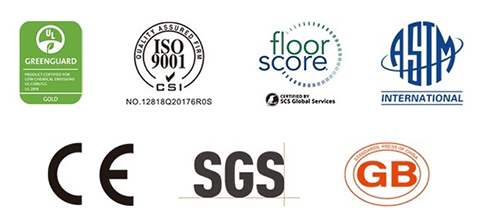Waterproof Socks
Fire and high temperature resistance Silicone non-slip
Double layer thickening design
READ MOREThe company has a stable supplier of raw materials, excellent yarn quality, excellent production technology and quality inspection procedures for each process. Technology, quality inspection procedures at every step of the process.
The company has a stable supplier of raw materials, excellent yarn quality, excellent production technology and quality inspection procedures for each process. Technology, quality inspection procedures at every step of the process.




We have advanced machinery and equipment and quality inspection equipment to ensure product quality.
Our annual output exceeds 20 million pairs, which can meet the needs of customers with different purchase volumes.
We have different processes, such as roughening, jacquard, weaving label, dispensing, heat transfer printing, dipping and so on, to ensure the practicality and diversity of our products.
We are located between Hangzhou, Province and the port cities Ningbo and Shanghai, with superior geographical location and convenient transportation.
Years Of Experience
Hardware Equipment
Floor Space(m²)
Daily Delivery Volume
Can be customized according to customer ideas or drawings and samples to meet the diverse needs of customers
 01
01
 02
02
 03
03
 04
04
 05
05
 06
06
 07
07
 08
08

1. Hand washing firstHand washing is the best way to extend the life of high-top yoga socks. Compared with washing machines, hand washing can treat the material of the socks more gently and avoid wear and tear caused by the rotation and impact of the machine. Use warm water and mild detergent, and make sure the detergent does not contain any harmful ingredients to avoid damage to the material of the socks. When washing, pay special attention to the soles and sock openings of the socks, which are prone to accumulate dirt and sweat stains. When gently scrubbing with your hands, make sure not to use too violent movements to avoid damaging the structure of the material. After washing, you can soak the socks in clean water for a few minutes to thoroughly remove detergent residue and ensure that the socks are clean and non-irritating. 2. Avoid bleach and softenerWhen washing high-top yoga socks, never use bleach and softener. The strong chemical composition of bleach will destroy the color and material of the socks, causing them to lose their original elasticity and toughness. At the same time, although softeners can make the fabric softer, they may leave residues on the non-slip bottom of the socks, affecting their non-slip properties, which is very critical in yoga practice. Choosing a mild detergent designed for sensitive skin can reduce damage to the socks, maintain the integrity of the material, and ensure the effectiveness of use. If the socks have a strong odor, you can try soaking them in white vinegar before hand washing. Vinegar has a natural deodorizing effect. 3. Dry naturallyAfter washing your high yoga socks, it is recommended to lay them flat in a well-ventilated place to dry naturally. Avoid hanging the socks or drying them in a dryer, as high temperatures may cause the material to deform or shrink, affecting the fit and comfort of the socks. Direct sunlight can also cause the color to fade, so choosing a cool place to dry is an ideal choice. Laying flat to dry not only maintains the shape of the socks, but also helps avoid stretching deformation caused by gravity. In a humid environment, you can use a fan to speed up the drying process, but make sure the socks are not directly exposed to heat sources to avoid damaging the material. 4. Regular inspectionRegularly inspecting the wear of high yoga socks is an important part of maintenance. Especially after frequent use, there may be weak or damaged areas on the soles of the feet and the sock openings. Through careful observation, timely detection of these problems can avoid accidents during use, causing discomfort or injury. If you notice that your socks are starting to develop holes or the material is becoming extremely weak, it is best to stop using them immediately and consider replacing them. Regular inspections will not only help maintain the effectiveness of your socks, but also improve safety, ensuring that you will not slip or get hurt during practice. 5. Storage NotesWhen you are not using your high-top yoga socks, proper storage can significantly extend their life. Choose a dry, well-ventilated place to store your socks to avoid moisture and mildew. Especially in humid climates, socks tend to absorb moisture and mold, which will affect their appearance and effectiveness. Putting socks in a dedicated storage bag not only avoids wear and tear caused by friction with other items, but also helps prevent the intrusion of dust and dirt. Check your stored socks regularly to ensure that they are not deteriorating or have odors, so that they are in the best condition when you need to use them. 6. Avoid heat and humidityThe impact of high-top yoga socks in hot and humid environments cannot be ignored. In hot environments, the material of the socks may lose elasticity or even deform, while moisture can easily lead to mildew and odor. Try to avoid storing socks in hot and humid places such as in the car or laundry room. Especially in summer, the temperature inside the car is often higher than the outside temperature, which can easily cause damage to socks. To ensure the stability and comfort of socks, it is recommended to store them in a space with moderate room temperature and good ventilation. Regular cleaning and maintenance can effectively reduce the impact of the environment on socks and keep them in the best condition.
READ MOREFor exclusive deals and latest offers, sign up by entering your email address below.